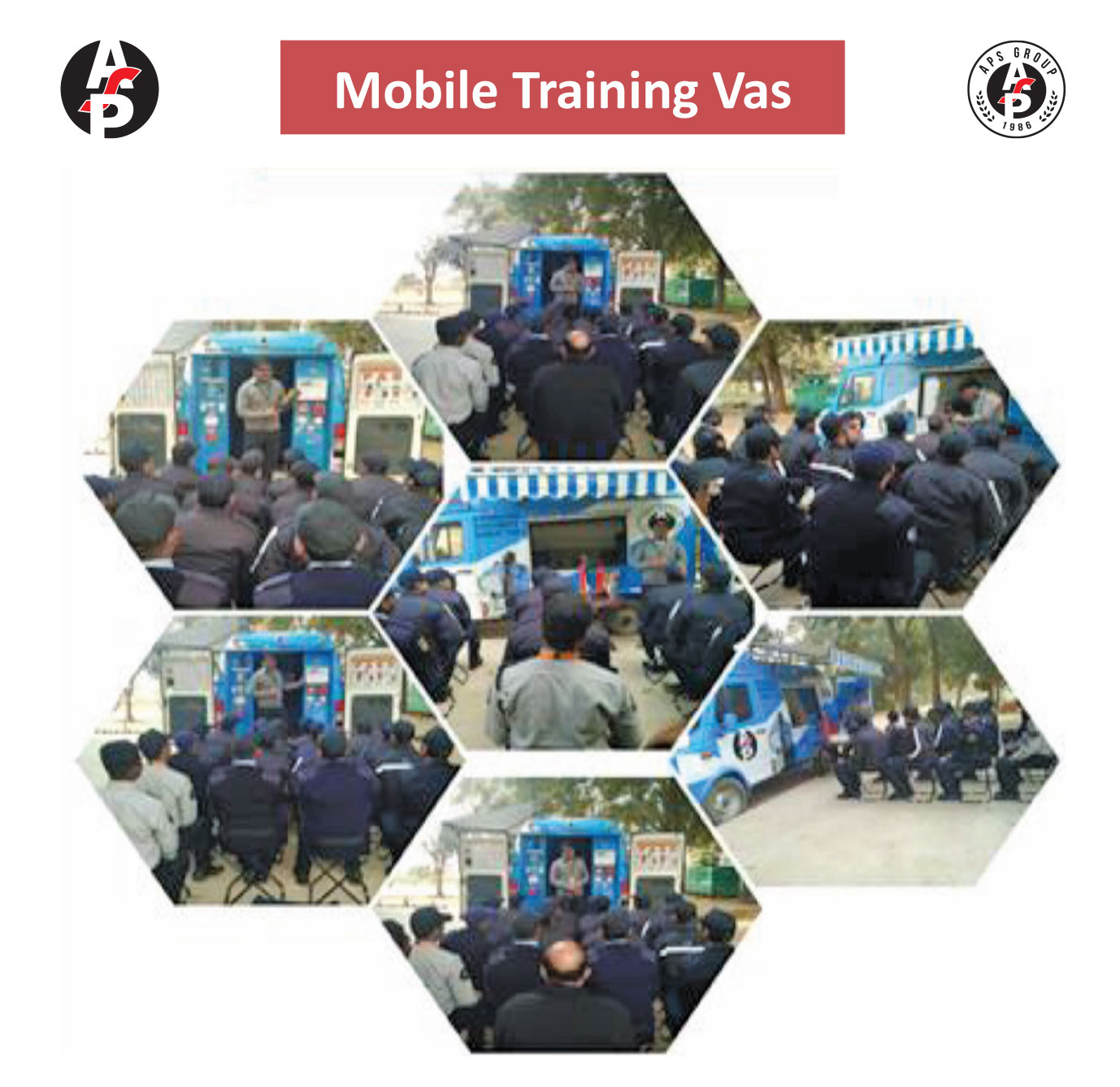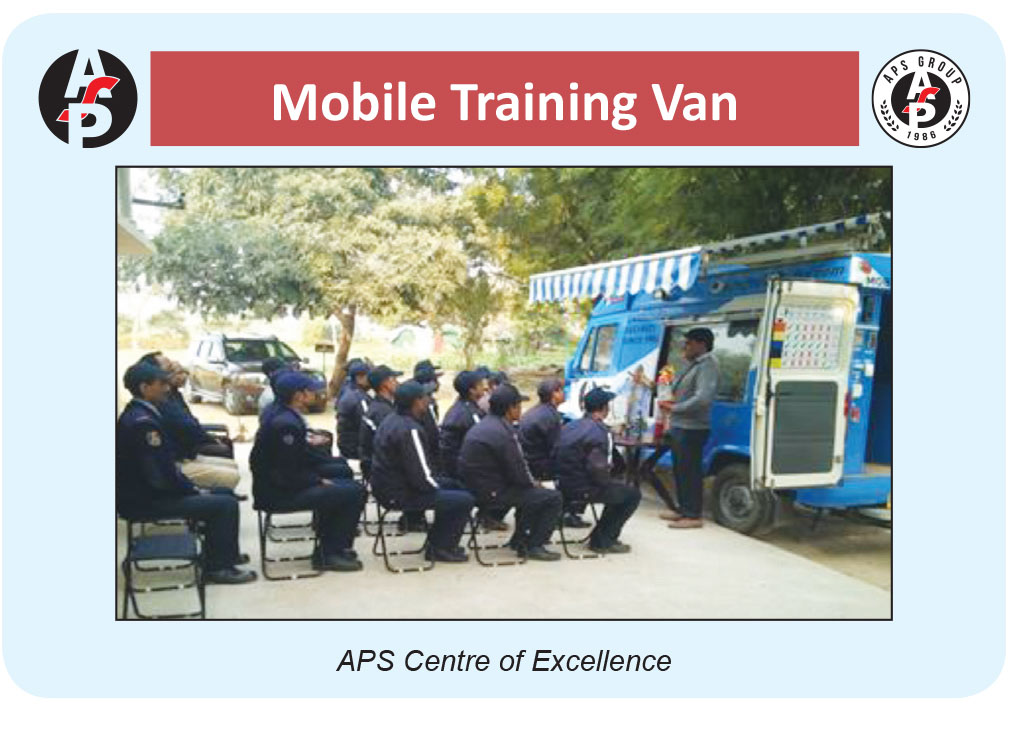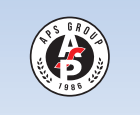 Basic training within the framework of PSARA 2005 enables security personnel with just elementary knowledge and hands-on experience of manned-guarding; the induction and on the job training (OJT) take his/ her learning curve to some steps ahead. The litmus test of a security team led by a security officer and supervised by a security supervisor begins in the first shift of the day when the team is left to handle the operations at site independently because they have no PCK (previous course knowledge). The old hands with previous experience of handling the challenges pop up round the clock at the new site, while the new client generally insists on 100% change over of the security personnel and does not intend to allow them for any retention from the previous security provider.
Basic training within the framework of PSARA 2005 enables security personnel with just elementary knowledge and hands-on experience of manned-guarding; the induction and on the job training (OJT) take his/ her learning curve to some steps ahead. The litmus test of a security team led by a security officer and supervised by a security supervisor begins in the first shift of the day when the team is left to handle the operations at site independently because they have no PCK (previous course knowledge). The old hands with previous experience of handling the challenges pop up round the clock at the new site, while the new client generally insists on 100% change over of the security personnel and does not intend to allow them for any retention from the previous security provider.

Besides, the security team who forms the frontline of the personnel in the security envelope is always the first one to either become victim/ hostage, or the rescuer in any kind of terrorist strike or emergency. The statistics show that the immediate reaction to the given incident is often characterized by the panic and/ or fear which cast a dim shadow on the security provider, and security industry as a whole.
So, how can these situations be avoided? What can aid, facilitate and/ or equip the security personnel to react in a calm, composed, measured and calibrated manner until the responsible authority arrives on the scene?
The answer to both problems lies in organizing focused, site specific, realistic and regular on-site training at client site, coupled with daily morning and evening briefing by security supervisor and security officer in charge at site.

To set the pace of operations, the security providers must ensure to take certain prior actions before they take over the site. They should bring about survey and security audit of the site to identify risks, threats and vulnerabilities; study the security SOPs of the client for the site, and analyze previous incidents and lessons learnt therefrom; put down the post and site instructions in writing with detailed job description (JD) for each post; and make detailed orientation/ familiarization with the peculiarities of the site.
The key areas to focus during the conduct of an on-site training to orchestrate response matrix as differentiator are as follows:
- Drawing out absolute clarity in the roles and responsibilities (PSI) of each man on the ground.
- Ensuring hands on experience on the entire gamut of the security and safety equipment.
- Development of demonstrative ability in soft skills, and meet & greet procedures.
- Mastering continuous flow of info, monitoring, surveillance and reporting procedures.
- Hold regular mock drills of major emergency handling like fire, accidents, first aid, workplace violence, fall from heights, drowning, earthquake etc.
- Involve the employees and management in awareness drive on National Fire Safety Day, Women Safety Day, Child Safety Day, Road Safety Day, and demonstrate the expertise of security personnel through the role play technique.
- Hold day and night surprise checks and penalize the defaulters to enhance compliance of SOP.
- Hold sessions to analyze the root cause of past incidents and the preventive measures.
The vital significance of the on-site training in running the security operations in an effective and smooth manner is indisputable and needs to be implemented by all security providers to ensure a high level quality of service. In conformity with the industry demand and to keep pace with the technological disruptions, the APS Group has custom designed a mobile training van which houses all the essential security and safety equipment, lifesaving first aid appliances, emergency rescue equipment, simulation devices, training charts, and live streaming facility of training being conducted at remote locations directly to the client’s boardroom/ workplace. This innovative and indigenous effort has hit the street with high voltage and is in great demand.

